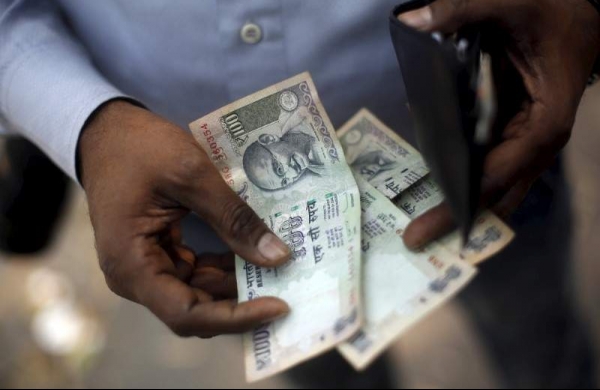Table of Contents
The Minimum Wage in India
The minimum wage in India is regulated by an act from the Parliament, concerning Indian 1st law. It is the one that sets the minimum wage, which has to be paid to both skilled and unskilled laborers. However, it is important to keep in mind that the capacity of the industry to pay the constitution has defined a ‘fair wage’ in the country.
The minimum wage in India is a payment given to the employees and workers for the work/job they have done over a period of time. According to the working conditions and the experiences of the workers in question, as well as the type of work, an amount is set.
Generally, the minimum wage is calculated on the average number of hours. Therefore, the wage can either be paid on a daily basis after the worker has completed the work or together for all the working hours completed within a monthly period.
Both the wages and the employment policies related to the unorganized employees and workers, especially the issues of minimum wages paid to the said workers, have been a constant subject of considerable discussion between the union leaders and experts on labor.
The minimum wage legislation must be effective when providing protection to the workers in the organized sector. Throughout the years, however, this has not been the actual case with the unorganized workers. They, unfortunately, they remain almost completely outside the minimum wage legislation.

An Overview
In the country of India, most sectors belong to the same informal sector. The workers in this informal sector fall into one of these positions:
- Contract labor
- Construction worker
- Casual workers in small units, including handloom, power-loom, cigarette making, tanneries, and others.
- Sweepers and employees in the shops
- The unorganized sector consists of different account workers and employers, who are in their own informal sector enterprise. These are contributing family workers, both from the formal and informal sector enterprises, members of the informal cooperatives, the employees holding informal jobs, whether the formal sector or the informal sector employs it, domestic workers who are employed by the households and only count as workers engaged into operations exclusively set for them by their employer household .
As a rule in the country, the line that separates the organized and unorganized enterprises stands at ten employees in the enterprise.
Throughout History
Minimum wage in India increased to 272.19 INR per day in 2014 from 255.65 INR per day the previous year. Wages in India averaged 146.00 INR per day between 1965 and 2014, with an all-time high record of 272.19 INR/ per day in 2014. The record low of 3.87 INR per day was in 1965.
As established previously, in India, the average daily wage rate is the overall average wage workers get per one day of work in the manufacturing, mining and plantation sectors of industry. Initially, the Wage Rate Index Numbers were made of twelve manufacturing industries. However, during the year of 1976, nine averaged more than 183.78 INR per day.

The Conclusion
The main conclusion here regarding the minimum wage in India is that the labor in the country, as well as the service sector, should be perfect for everyone’s sake. The minimum wage should be looked on as the safe line for the providing of a better and larger amount of capital for the wellbeing of the service providers, including the employees.
The motivation for providing minimum wages should continue under the authorities of the Government. What is more, most developing countries, like India, are very fond of doing well with the business people, while not providing a good minimum wage for the small-scale laborers for their work. This needs to change for their livelihoods to become better.
